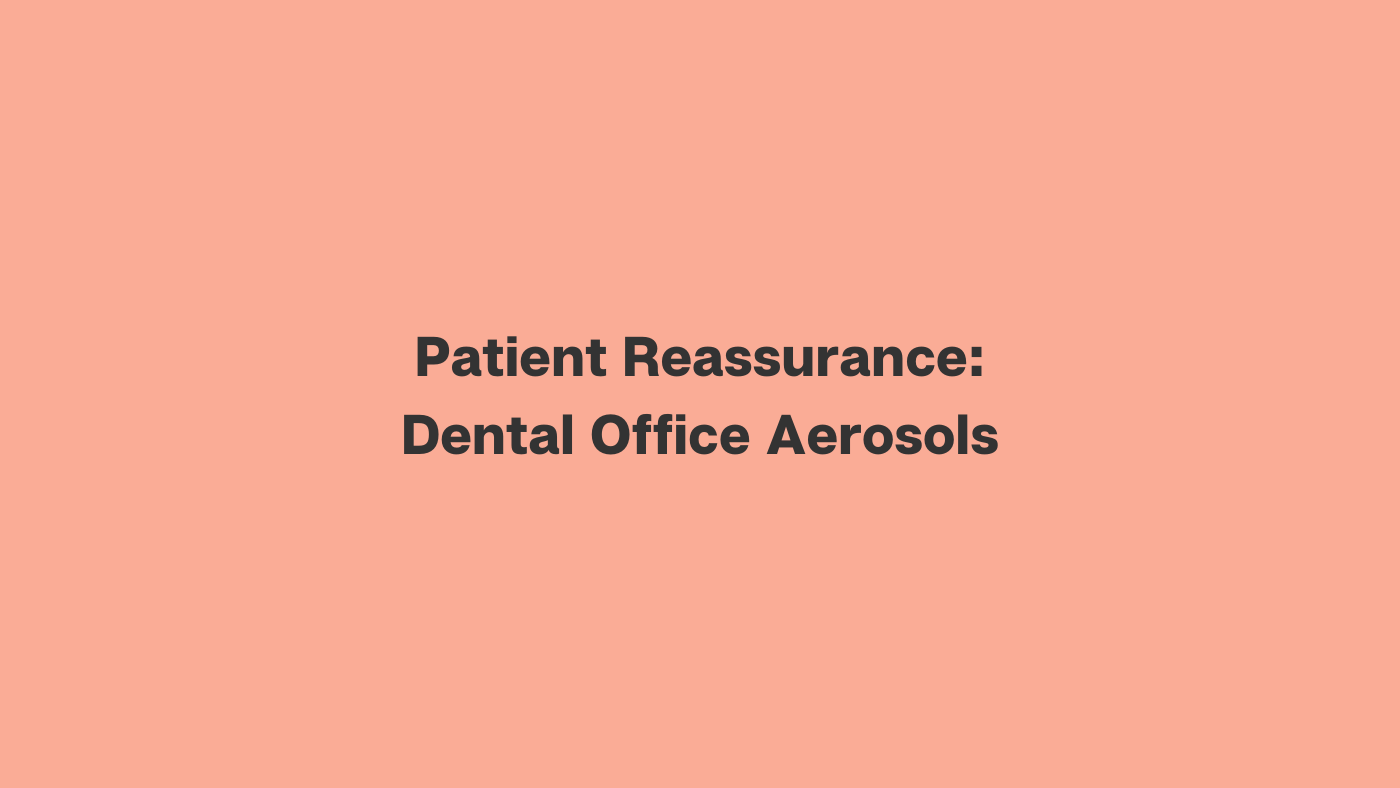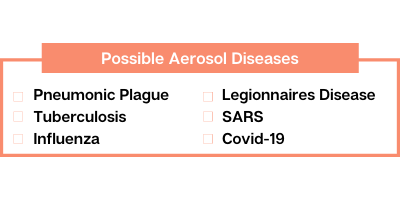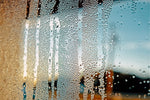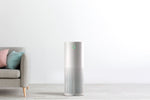Patient Reassurance: Dental Office Aerosols

Written by Brittany German
Dental offices have always been performing aerosol generating procedures. The fact that dental procedures produce aerosols is not a new issue. This is something that dentists have been aware of for a long time, and something that has been addressed. Some people might be uneasy when it comes to the risk of aerosols especially where Covid-19 is concerned. It's important to remember, that aerosols are not a new phenomenon and that there are practices in place that manage aerosols and purify the air.
While air quality awareness is not as high as it should be yet, patients are wary of the particulates they might be inhaling in dental offices. Aerosol generating procedures have patients hesitant to return to their dentist especially now that they have a pandemic to consider.
How can you reassure your patients that they are safe to have their dental work done? How can you reassure your patients that the air they will be breathing at their dentist is even safer than what they'll be breathing at home?
Dr. Richardson from Port Perry Dental Centre explains how his office deals with aerosols:
What are Dental Office Aerosols?
The CDC defines aerosols as the "suspension of tiny particles or droplets in the air, such as dusts, mists, or fumes." Since these particles are so small, they can be inhaled, or absorbed into the skin. Aerosols aren't any specific organism or chemical, it's an umbrella term used for the substances that are put into the air by aerosol generating procedures.
What is really in the Air?
What are you actually breathing in a dental office? Aerosols in the dental office can be composed of many things. A study conducted by the Journal of the American Dental Association says:
"Components of saliva, nasopharyngeal secretions, plaque, blood, tooth components and any material used in the dental procedure, such as abrasives for air polishing and air abrasion, all are present in dental aerosols"
This is one of the reasons why dentists have long been addressing aerosols in their offices. Even with airborne diseases out of the picture, aerosol generating procedures produce biological splatter that shouldn't be shared across patients or staff.
Possible Aerosol Diseases
There are many possible diseases that can be spread through aerosols, some of which are common and therefore sometimes ignored. However the power of aerosol bacteria isn't as largely known. Here are some diseases that can be spread through aerosols:

Aerosol Generating Procedures
Where do aerosols come from? Some procedures that dentists use can generate even more aerosols than a cough or a sneeze. But dental offices are well equipped to deal with these aerosols. In dental settings, these are some procedures that could generate aerosols:
- Tooth preparation with a rotary instrument or air abrasion
- Air-water syringe
- Ultrasonic scaler
- Air polishing
To properly manage aerosols in the dental office, you must consider what the aerosols are made of, where they come from, and where they travel.
Aerosols in Dental Offices
Harmful bacteria can live in aerosols, and that is why dental offices take such extensive measures to ensure the safety of their staff and patients. In Dentistry Uncensored with Howard Farran, Dr. Fotinos Panagakos says, "Every patient that sits in the chair could potentially be infectious. So we have to do the same thing from patient to patient." While most patients are probably healthy, there are no risks taken with dentists. Every procedure is dealt with safely, and the efforts to maintain a safe environment with purified air remains the same. In the same podcast, the host, Howard Farran, mentions that dental offices with these amazing health and safety protocols are experiencing record years in terms of patients treated. Being a dental office that's aware of the aerosols they generate has proven to be success criteria.
This graph shows the amount of aerosols in select rooms before using an air purifier, compared to the amount of aerosols in the same rooms after using an air purifier. In every instance of using an air purifier there is a particulate reduction of at least 74%, and up to 86%.

It's safe to say that successful dental offices are doing a few things right. They're purifying their air and they're talking about it.
Purifying the Air of Aerosols
Every dental office uses gloves, gowns, masks, glasses, and other PPE. Like any other business, they are also sanitizing their surfaces and screening anyone entering the building. The newer concept is purifying the air. Something we haven't always been doing but are starting to do now. Dentistry was one of the first industries to take control of their air purification. As a business that generates aerosols frequently, they need to stay on top of air purification.
What Can You Do?
The following image shows the difference between a dental office with no air purifier, versus a dental office with an air purifier in the corner. The amount of aerosols in the air without an air purifier in the room far exceeds the amount in the room with an air purifier.

It's obvious how much an air purifier can help your indoor air and it's something to consider when dental workers are breathing in 11,000 litres of indoor air at the office every day.
Layering Safety Protocols
Many dentists are already doing this but to keep up with them, make sure you are layering your safety protocols. Every businesses is doing at least the first layer. Take your business further and complete all three layers for optimal safety.

Dentists like Dr. Richardson started investing in air purifiers. With a dental air purifier, proper ventilation, health and safety protocols, and a diligent team, you can establish a safe haven for your patients.
Your air purifier should use True HEPA filters that capture 99.97% of particles as small as 0.3 microns.
While your first priority is to make sure you actually clean the air in your dental office, your next immediate priority is to make sure you share that with your community.
Patient Education is Your Friend
Now that the air in your dentistry is cleaner than anywhere else, you need to make it known. Cleaning the air is not enough for your patients to return feeling reassured and comfortable. Let them know what you've done to purify the air. What health and safety protocols do you have in place? How does your air purifier work? What can you show your patients to prove the air is being cleaned?
All dentists know that they have always been working with aerosols. But not all patients know that aerosols have always been around, and more importantly, they don't know that it's a problem with a reliable solution. As a dentist, you need to be responsible for telling your patients that this is not a new problem, you're aware of the risks of aerosols, and that your patients don't need to worry about it.
To get these messages across, you can use newsletters, reach out to your patients by phone, put up posters, and even give your patients a tour and show them how your air purifier works so they can rest assured that the air they're breathing is safer than what they are breathing at home.
Let your patients know that they can breathe easy in your office.
Back to Blog


